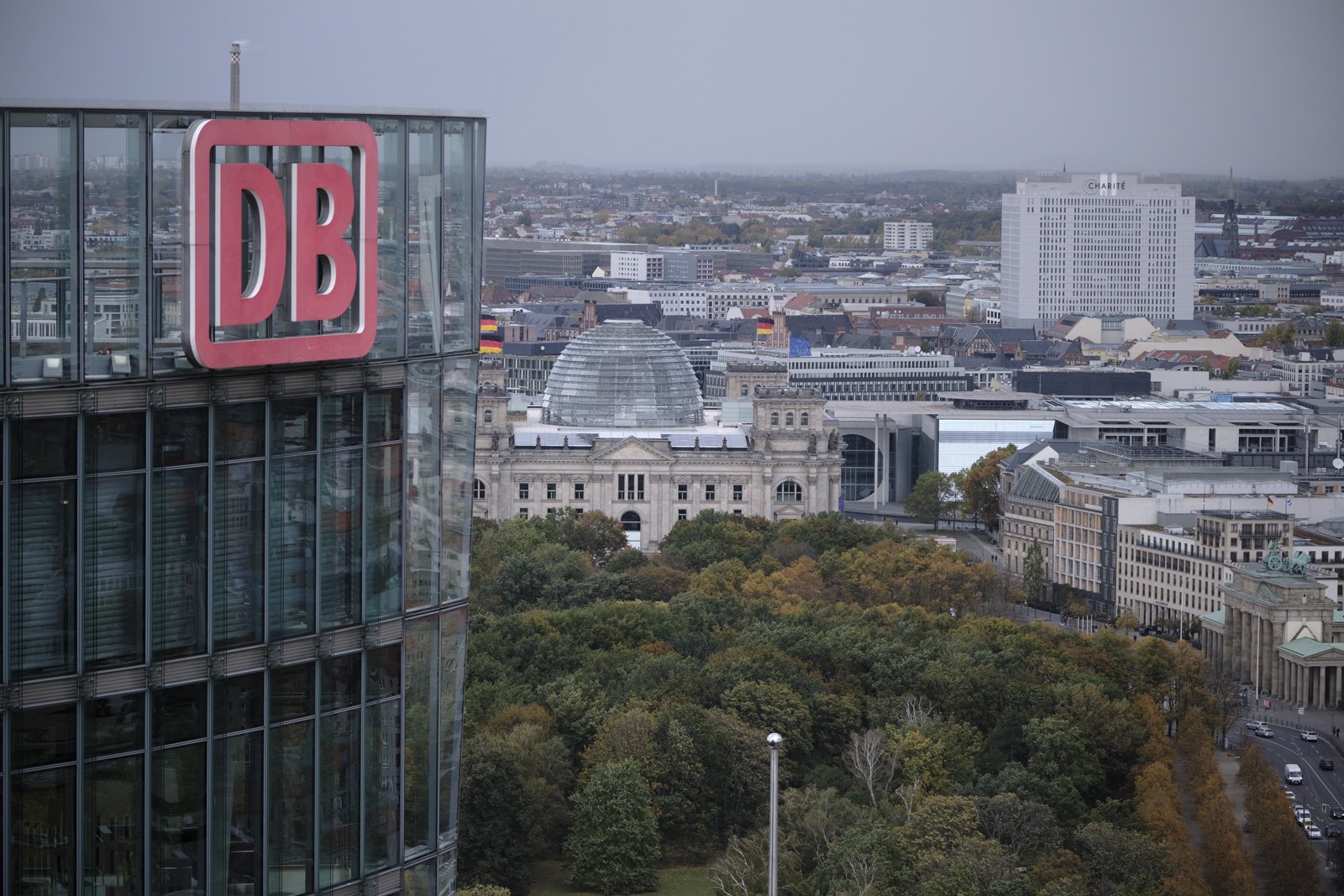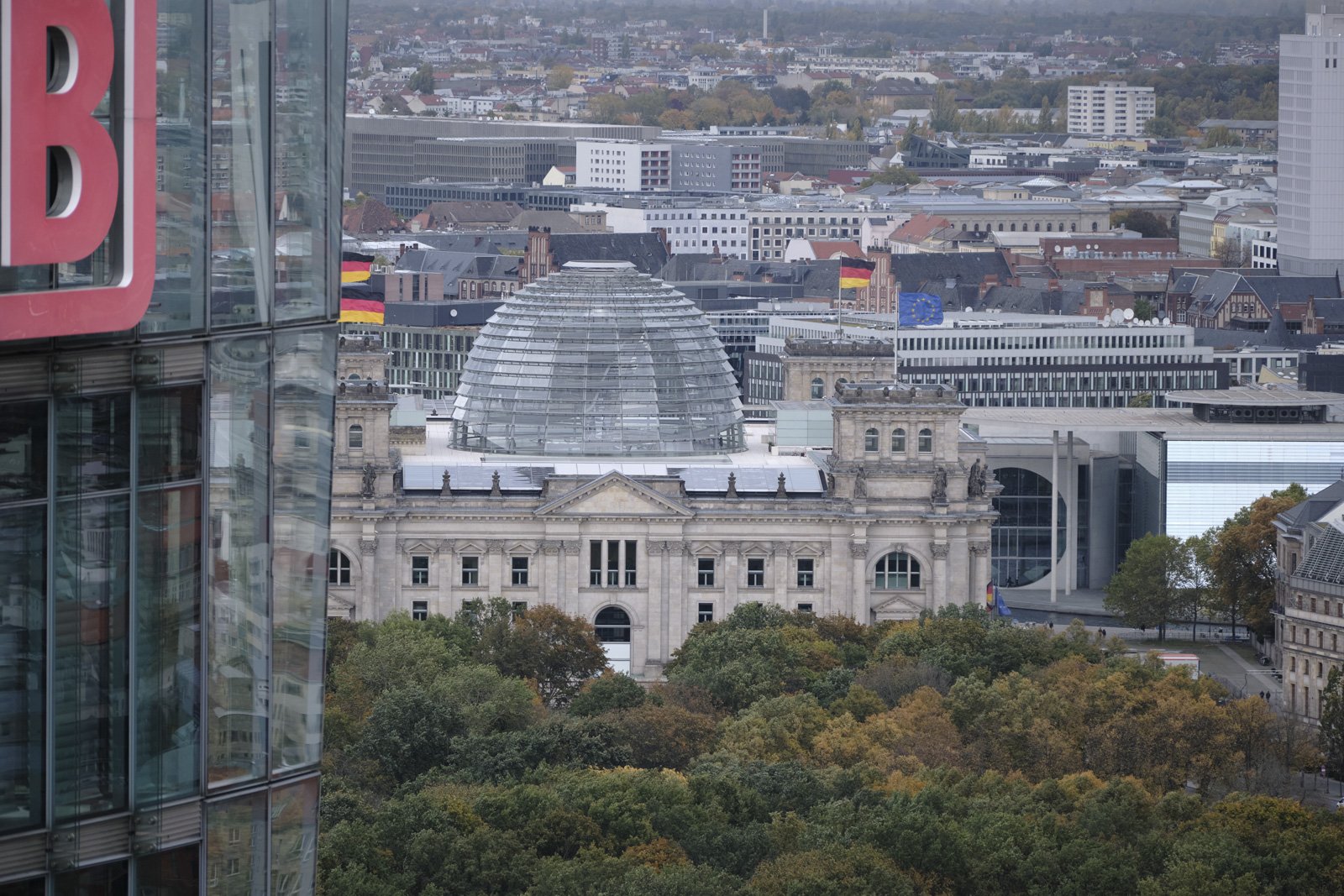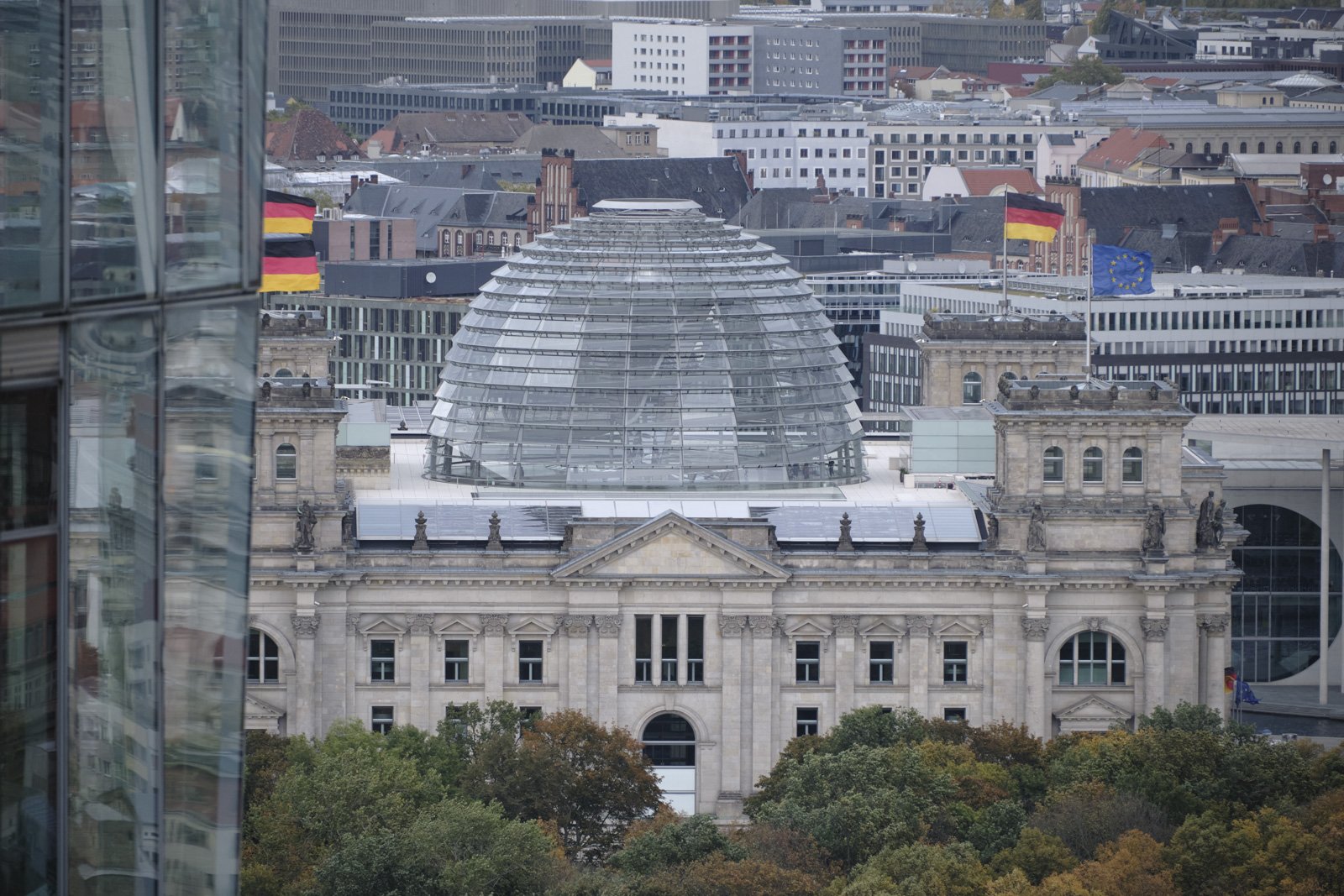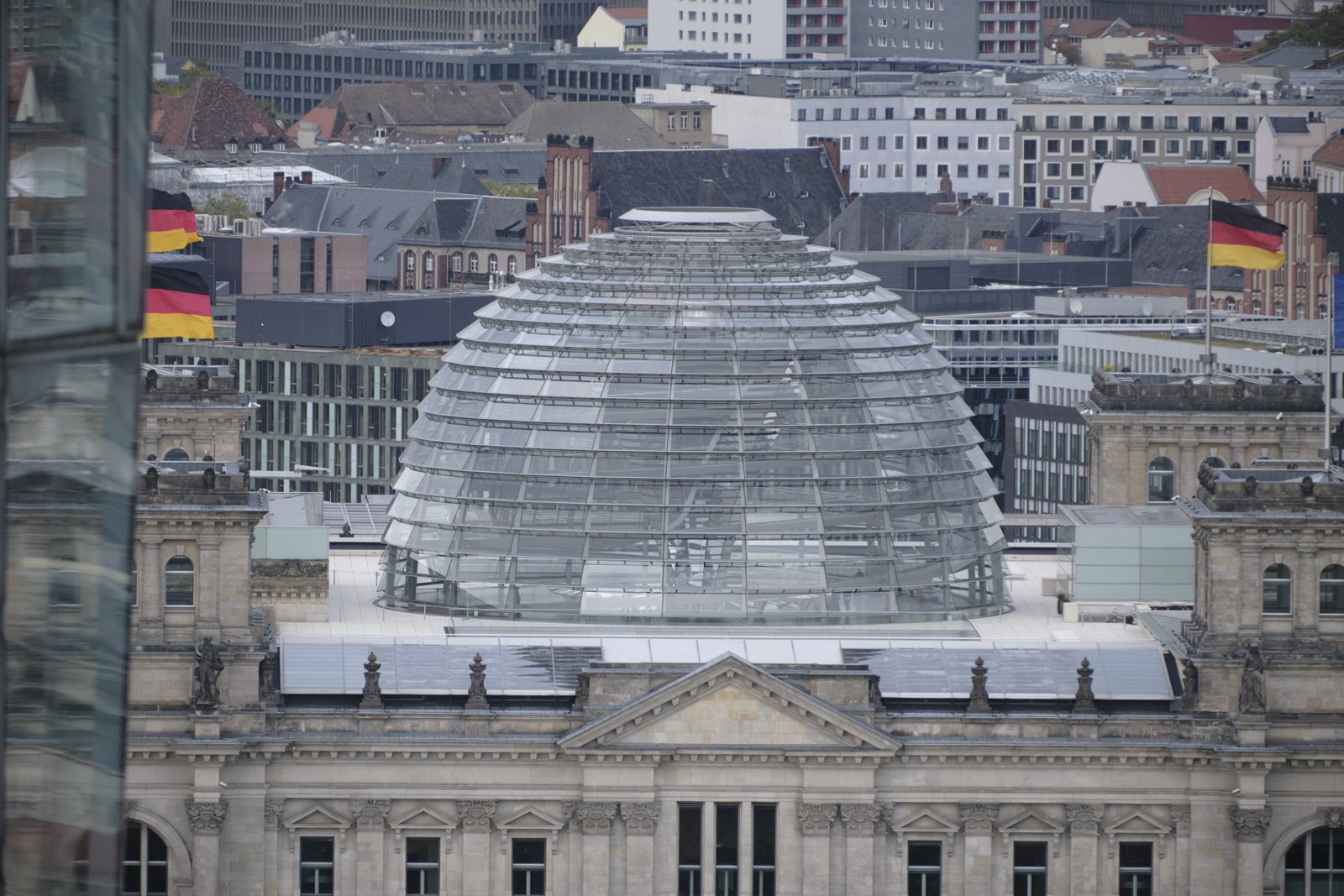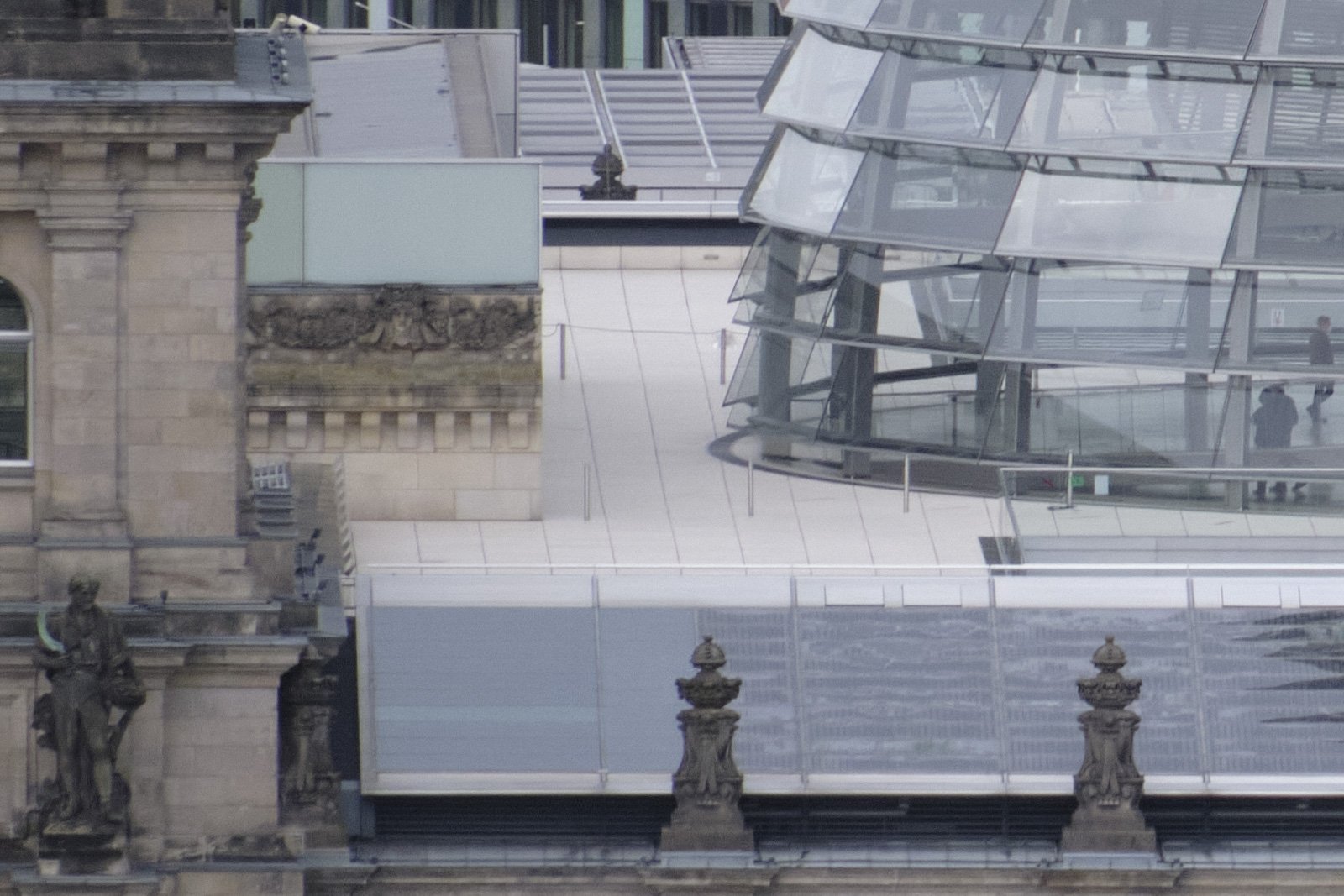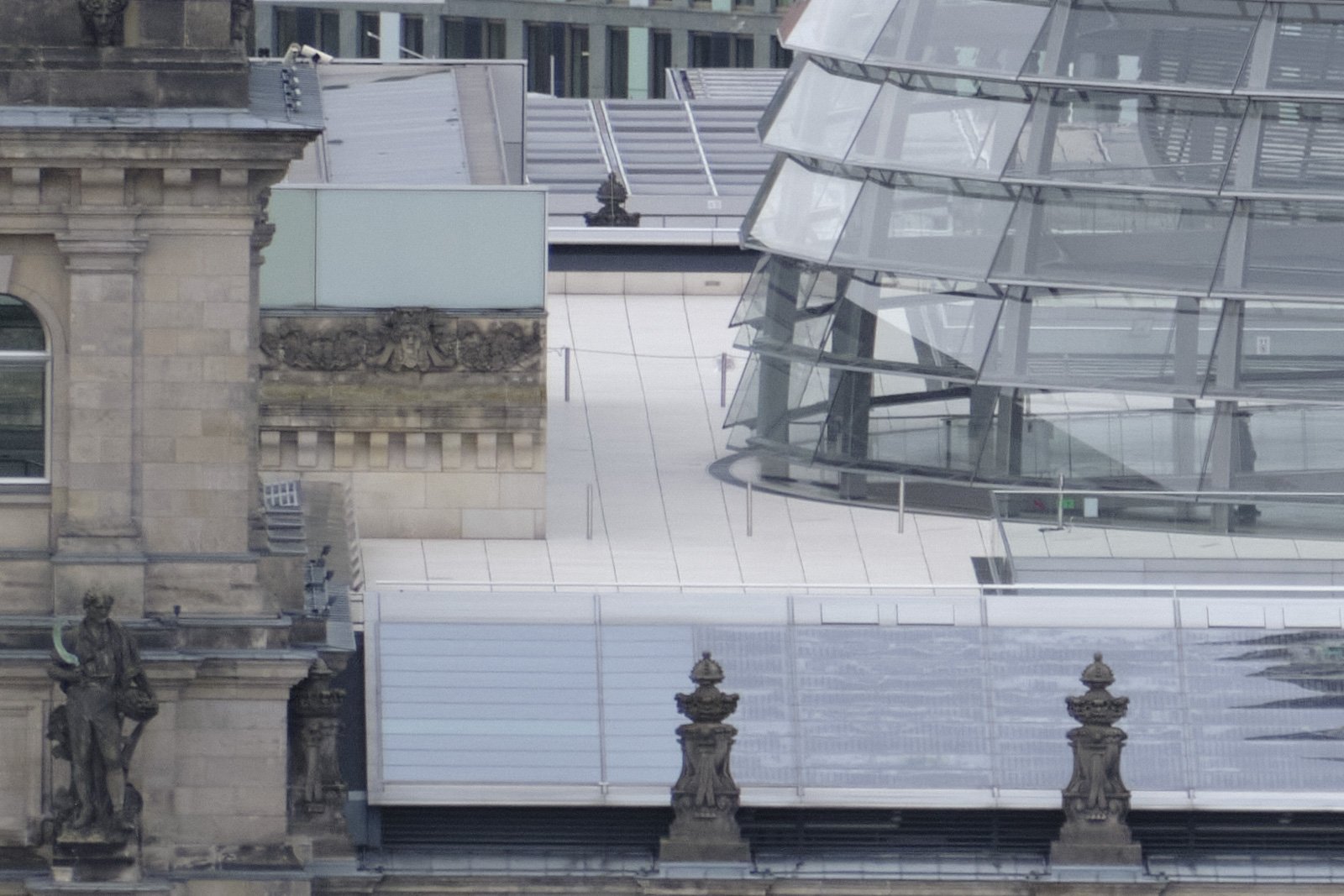Super-Zooms for Fuji X. Tamron vs. Fujinon
Here’s some info for all of you who are wondering if a ‘super-zoom’ for your Fujifilm x-series camera is a good idea or not.
Since a few weeks there is Tamron’s 18 to 300mm zoom lens with Fujinon XF-mount on the market. It goes by the name TAMRON 18-300mm F/3.5-6.3 Di III - A VC VXD. I gave it a try in direct comparison to the FUJINON 70-300 F/4.0-5.6 R LM OIS WR on a really stormy day shooting some Berlin cityscapes. For detailed technical descriptions I refer you to the respective websites of Tamron and Fujifilm (click on the links above).
As you know, I am quite familiar with all of the Fujinon prime and zoom lenses as I am using many of them for my daily work. As a Photographer and coach I am always interested in all possible options to ‘chose the right tool for the job’. At the end of the day, the final image is what counts. Therefore, I am totally open to all brands on the market and by no way pre-biased (or even paid by Fujifilm or Tamron to write a ‘nice article’ about one of the two lenses.) In the following chapters I share my own, personal opinion with you after having used both lenses during a couple of different scenarios. Obviously, this is not a lab-test and is not comparing technical measurements of any kind.
It can be seen as general knowledge when it comes to lens design that a prime lens will be always optically superior to a zoom lens as it is calculated and designed for one specific focal length. Any zoom lens is a compromise ! It’s also a known fact and we all experienced (really) good zoom lenses as long as the zoom range is not too large. Fujinon zoom lenses come in a range of typically 1:3 to 1:4 in X-mount for the x-series and 1:2 in GF-mount for the medium format cameras of the GFX series.
“What can we expect from a 1:16 zoom lens in terms of image quality?”
That was my one and only question when I first heard OF the Tamron Super-Zoom for Fujifilm. Let’s dive right into it…
Both lenses give a very high quality feeling when you hold them in your hand. Some key parameters in comparison: Weight, length and filter diameter. The Tamron comes at 620g, 125mm and 67mm. The Fujinon at 580g, 132mm and also 67mm. In the photo bag they both pretty much the same.
The following set of images - both shot with a FUJIFILM X-T4 (and identical camera settings) are .jpg files out of camera with no sharpening, color corrections or whatever applied. A tripod was used and the test images were taken in a row within maybe three minutes.
Let’s start with the Tamron over the full focal range (18 to 300mm):
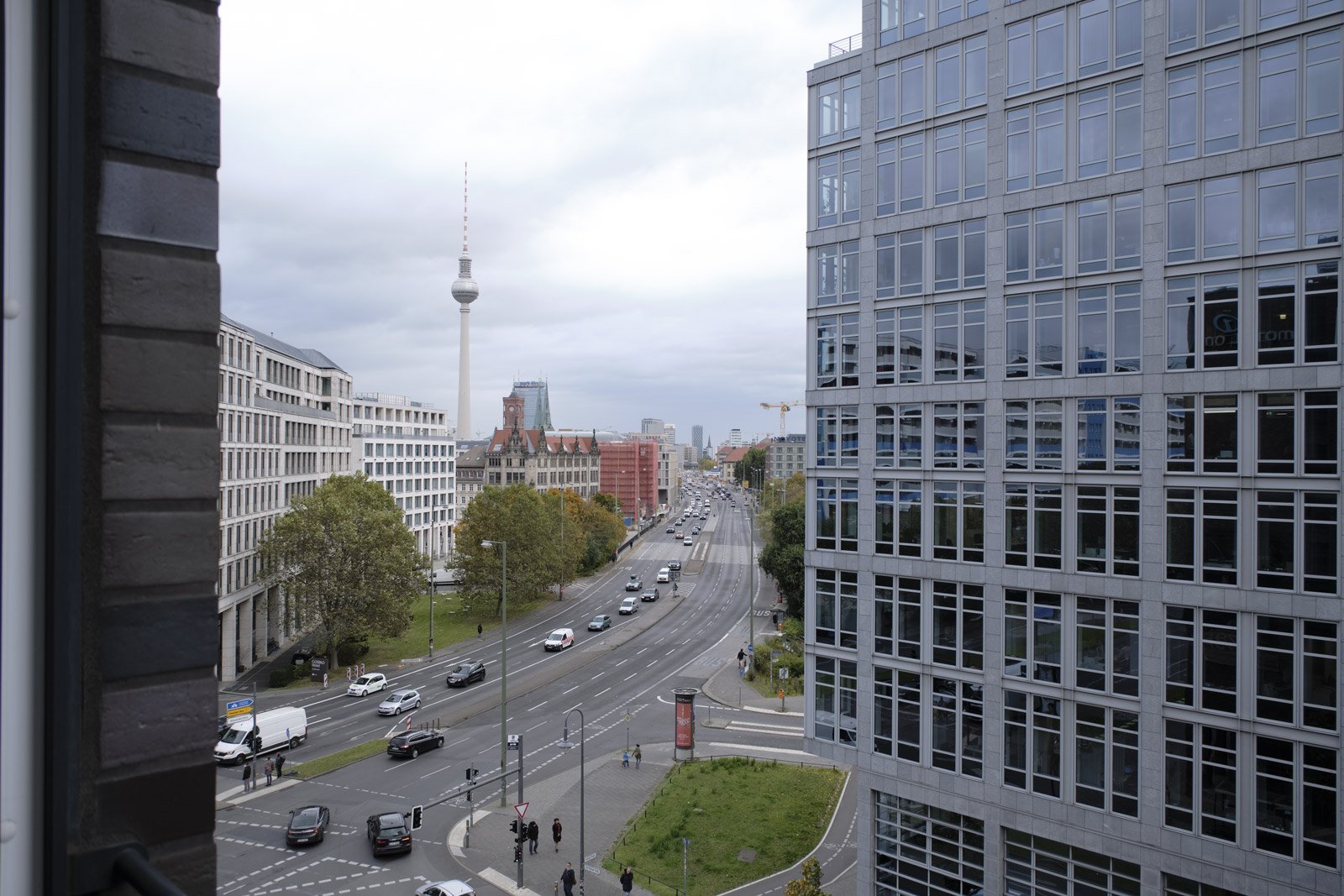
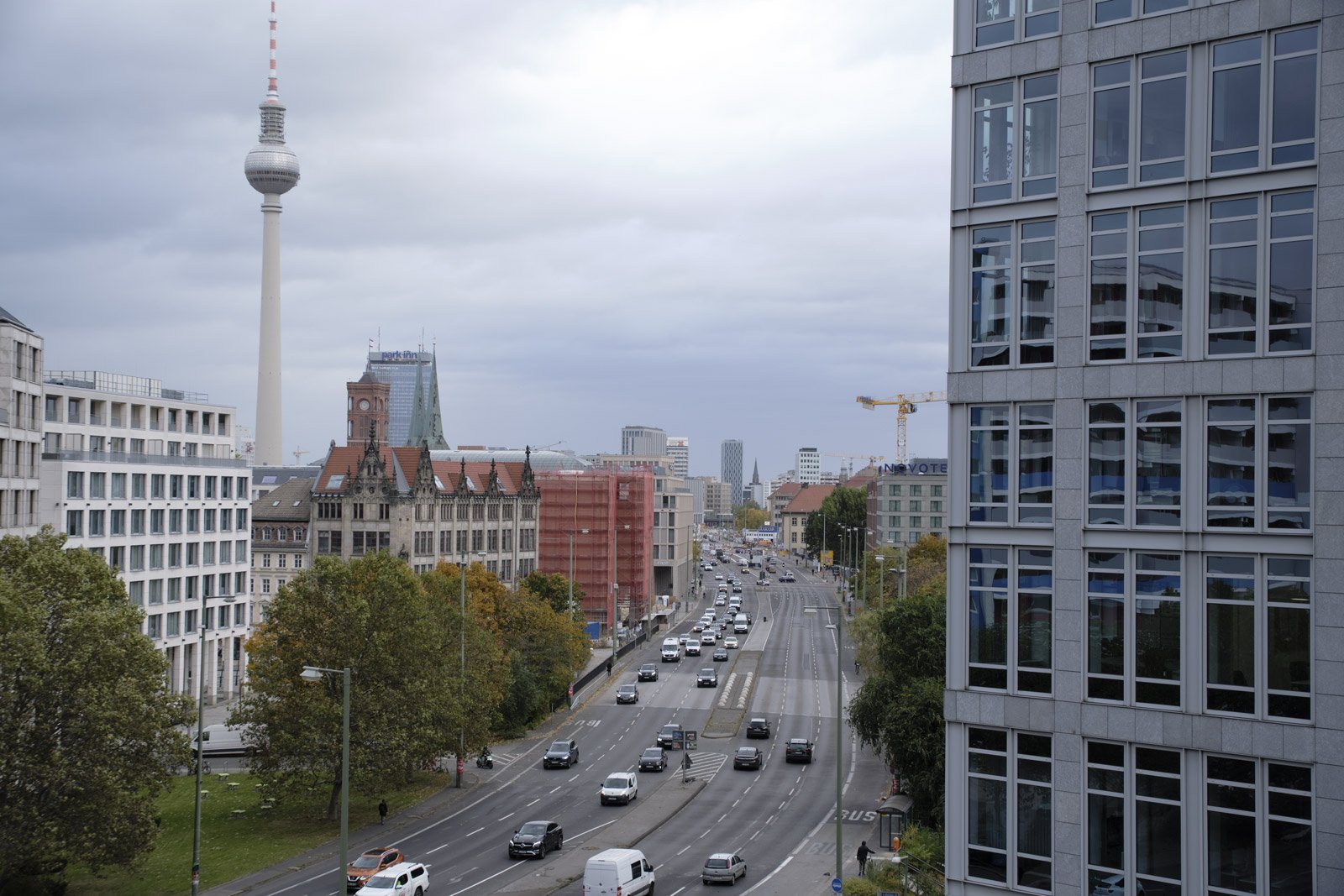
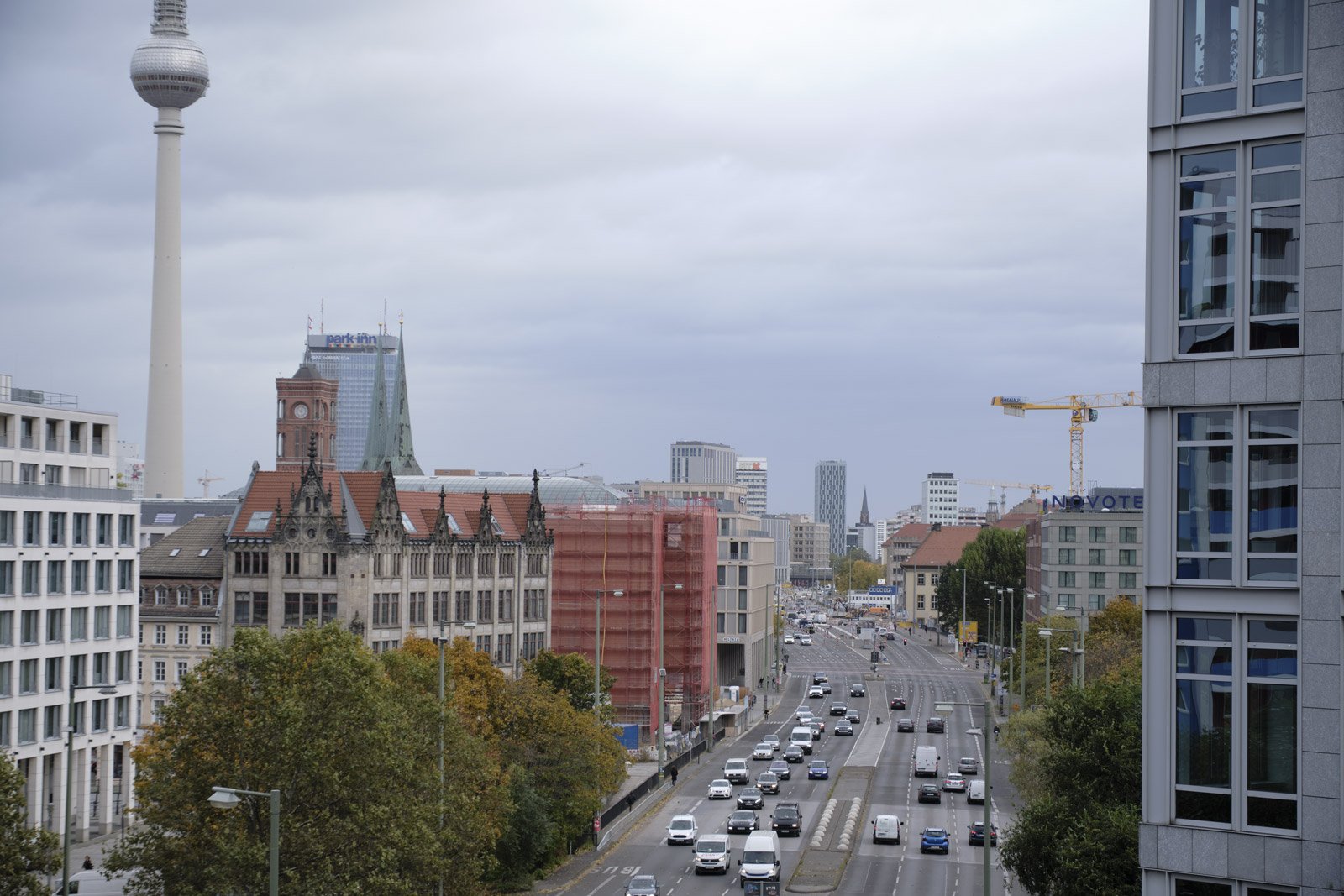




The overall image quality is really good. There is a slight barrel distortion at the wide end and the sharpness and clarity in the finest image details is not ‘perfect’ but both factors can be easily corrected in PostProduction with Capture One or Lightroom/Photoshop if considered critical.
Let’s look at the Fujinon 70-300mm now:
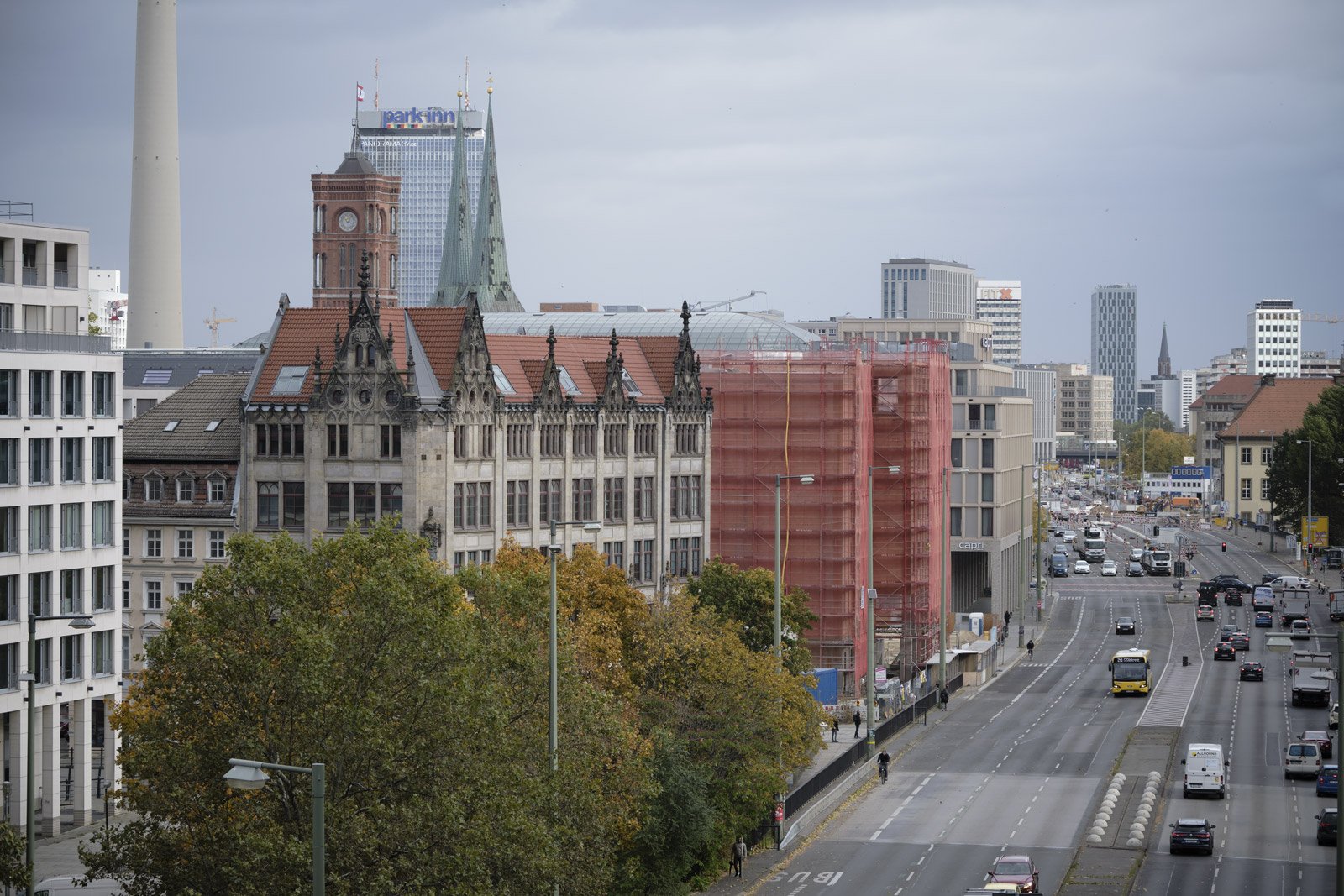



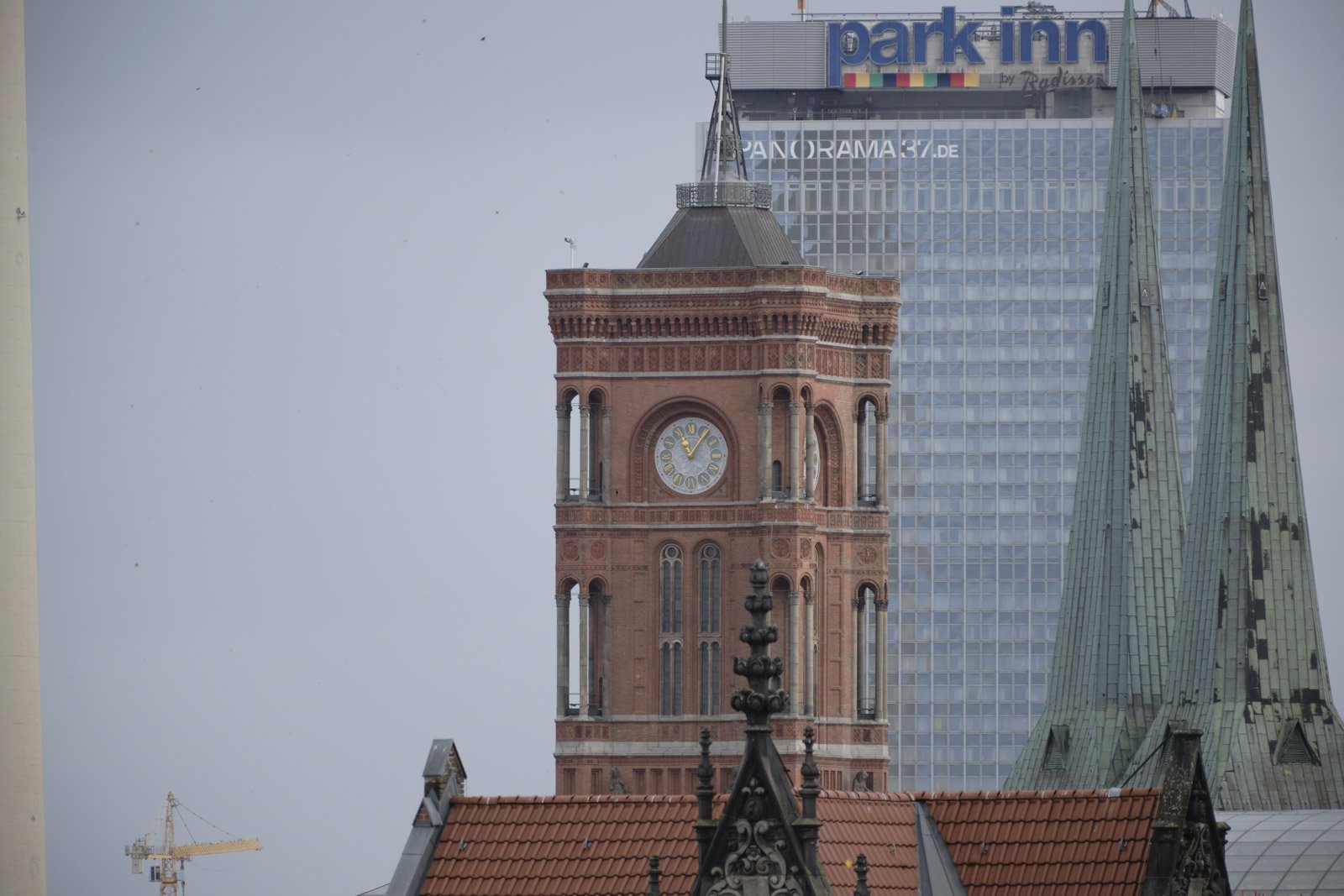
The images are sharp, clear and free of distortion. There is no clearly visible difference in color reproduction compared to the Tamron lens. One has to take into account that the shooting conditions on that day did not allow for some high contrast comparison with full sunlight, creating harsh shadows.
Let’s compare a 100% crop of the watch of the ‘Rotes Rathaus’ at Berlin Alexanderplatz:
Here we have a winner: The Fujinon 70-300mm. The fine details are better visible and the colors appear more vivid. As mentioned before, both images were taken with two identical cameras and the same camera settings. No further adjustments were applied.
Let’s have another look at a different set of images, taken on top of the Panoramapunkt, Berlin Potsdamer Platz. Like before, first the Tamron images, followed by the Fujinon images:
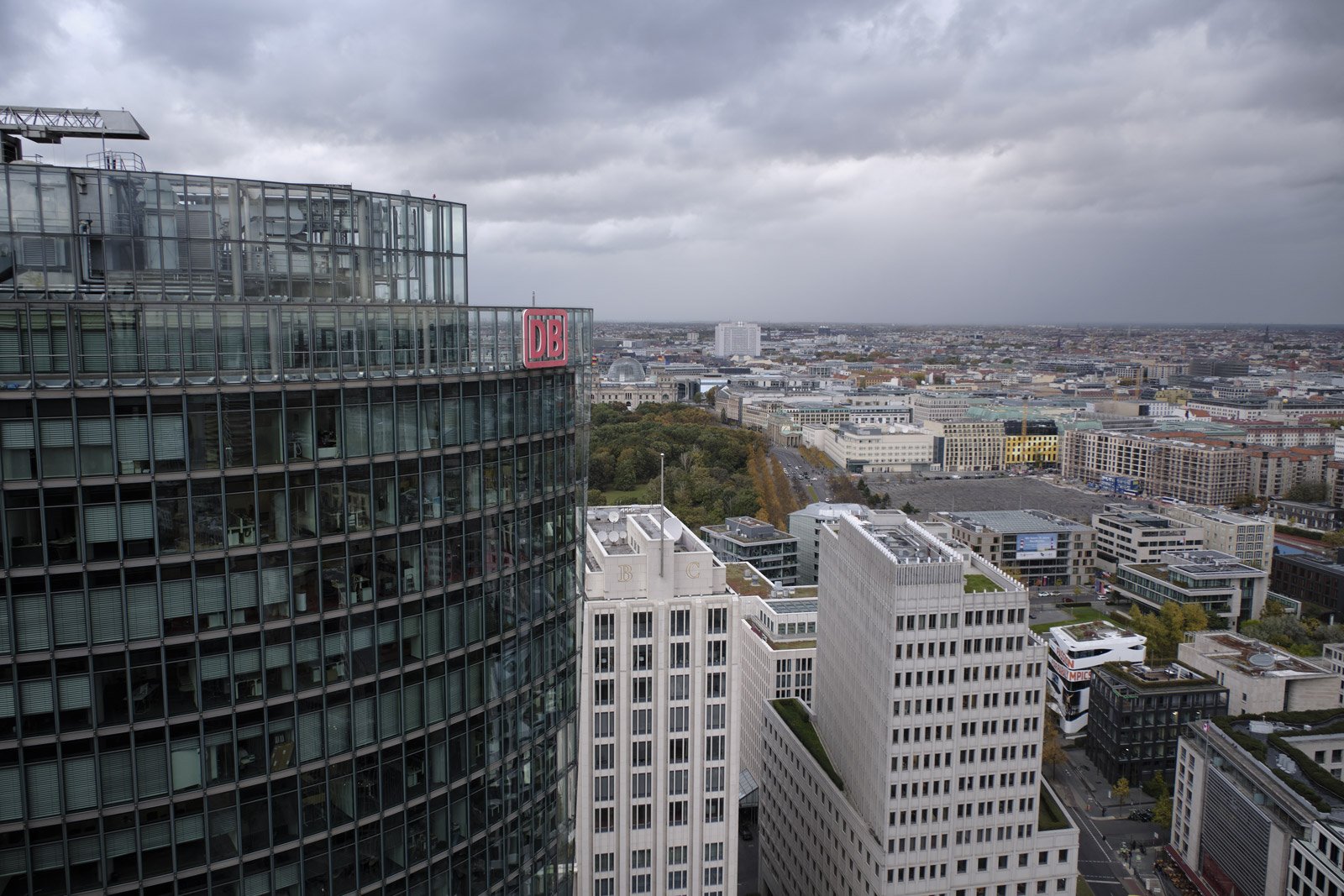
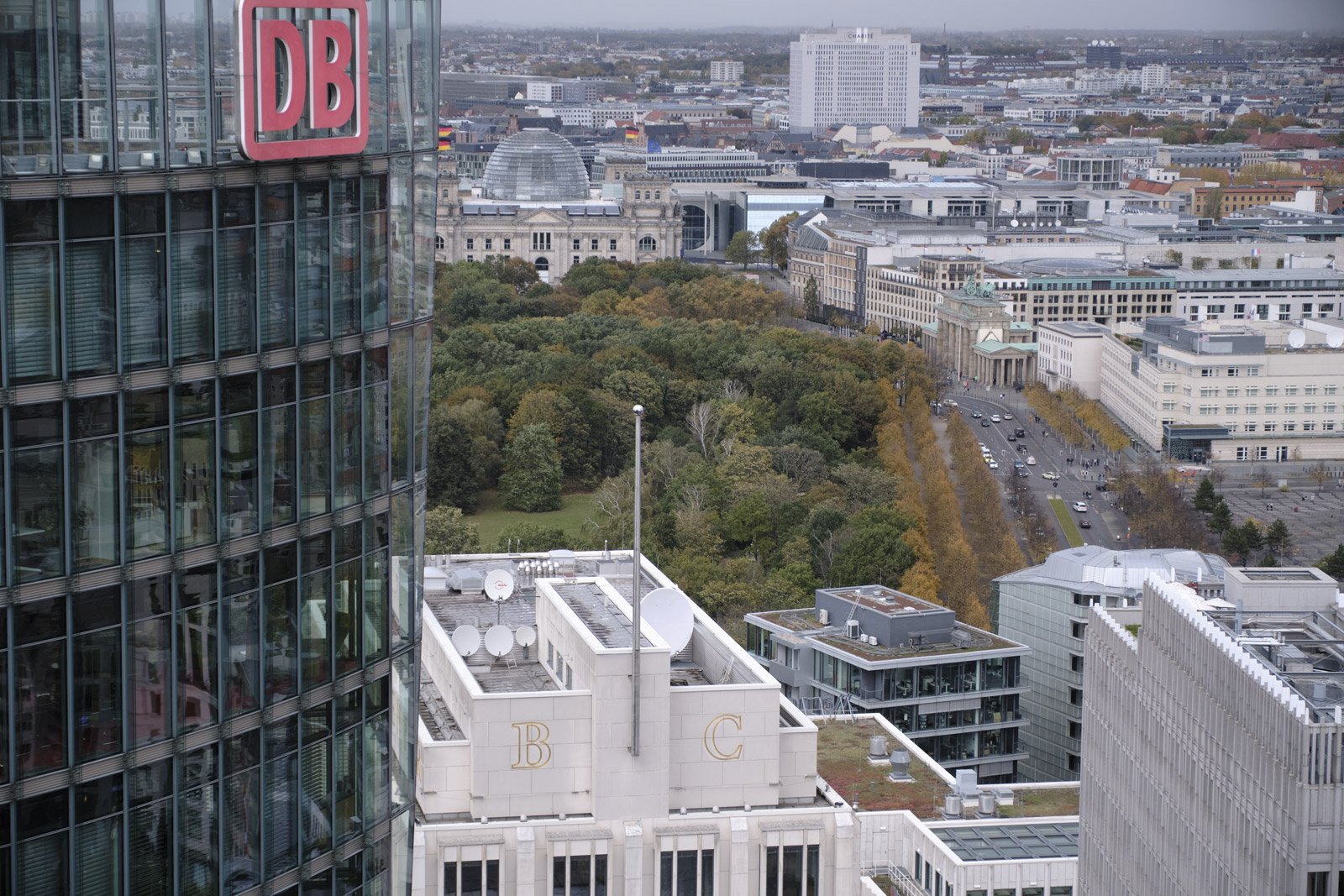
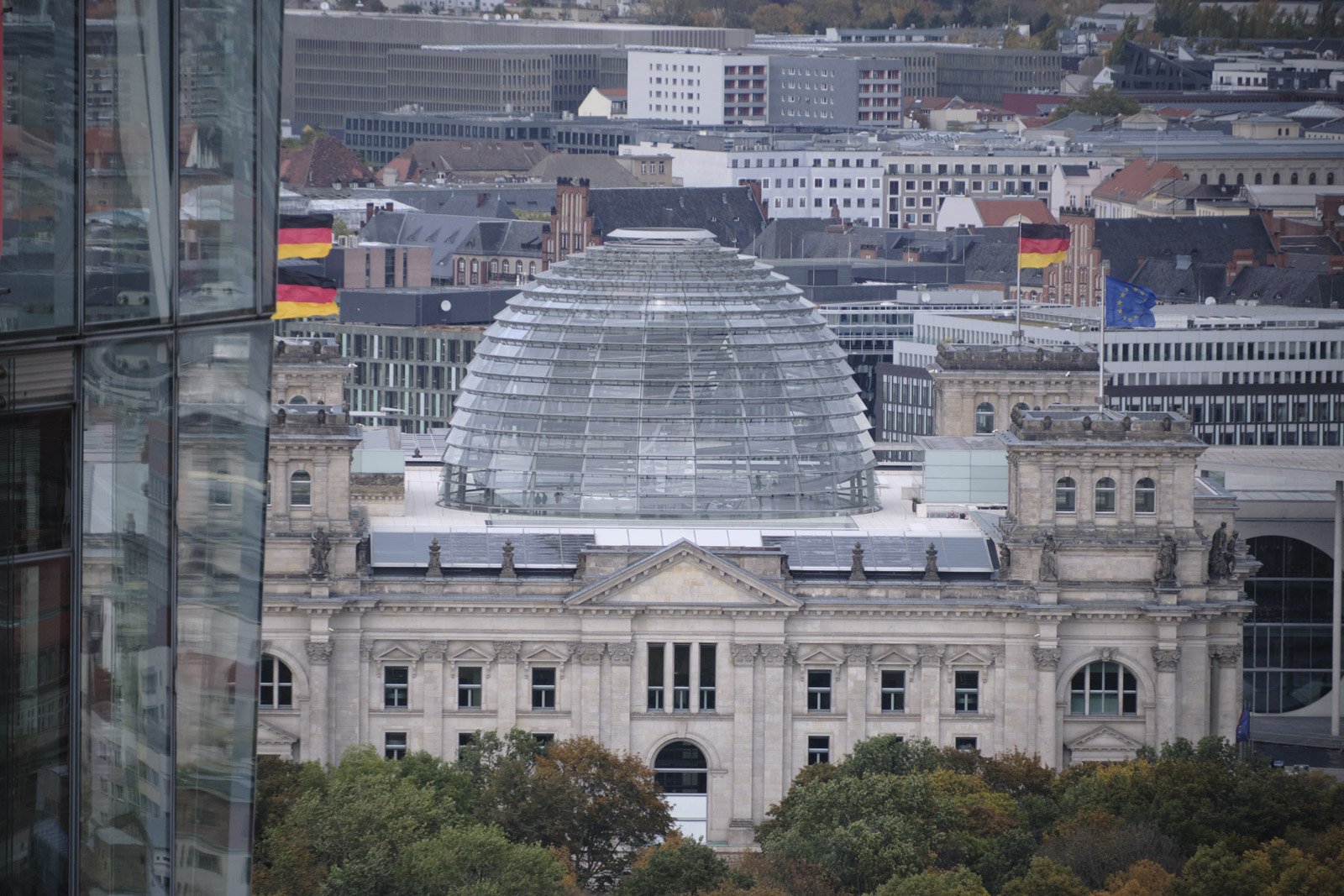
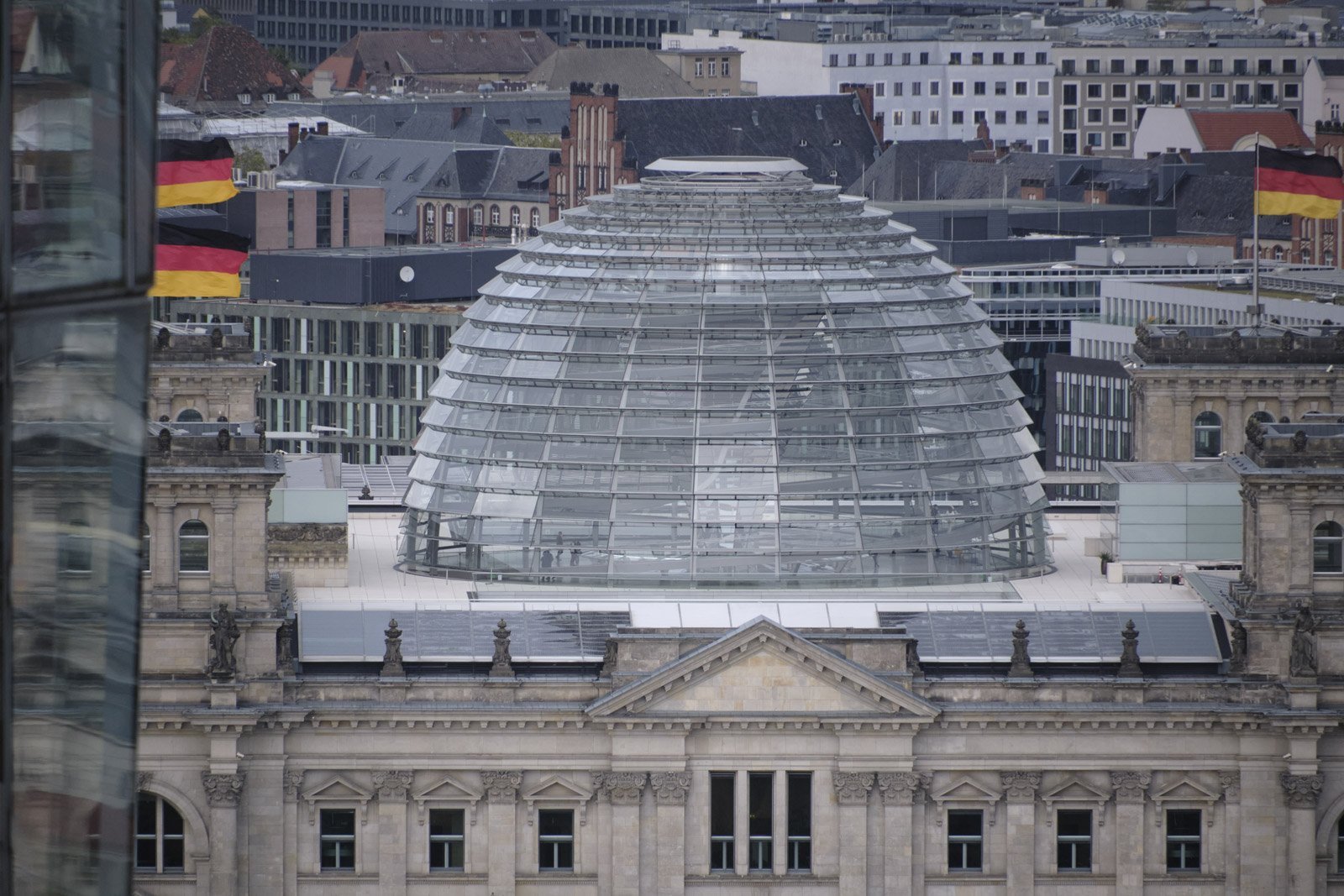
Not to bore you with tons of images, I want to conclude with the direct comparison of two 100% crops of the ‘Reichstagskuppel’ and let you decide yourself.
Those two captures in direct comparison repeat the result from above. The huge amount of detail in this scene is better reproduced by the Fujinon XF70-300 but this does not mean that the Tamron lens is the ‘looser’ here. Even without an in-depth post production but only some slight tweaking with the clarity and/or contrast sliders you will end with very nice and useable images.
So, what’s my final conclusion: I was nicely surprised by the Tamron ‘super-zoom’ lens. It comes with a good built quality, is nearly the same in terms of weight and size compared to the Fujinon lens and has the - per design - advantage that one can travel with one camera plus one lens to cover the day! And that exactly was the idea behind the design of this lens. Mission accomplished.
All Photographers looking for best possible image quality straight out of camera will cover the tele-end of the focal spectrum with the Fujinon XF70-300 combined with the XF18-55 or (my secret top recommendation) with the XF10-24 as it gives an even wider view at the wide end and comes with distortion free images already at around 12mm. In both cases there is a gap from 55 to 70mm or even 24 to 70mm - For me that would never be a problem. Up to you to decide. In terms of size and weight the combination of one body plus two lenses seems absolutely ok for most travel, wild life and landscape Photographers.
Side note: If size, weight and budget are not of major concern then the XF10-24, XF16-55/2.8 and XF50-140/2.8 (plus x1,4 or x2,0 converters) are the next step to climb up the ladder.
PLEASE SHARE your thoughts, comments, own experience … Thank you!




